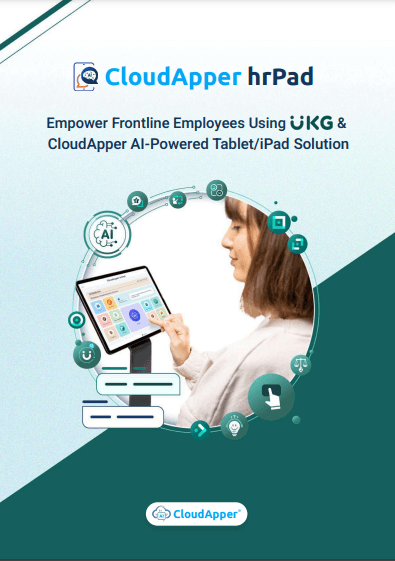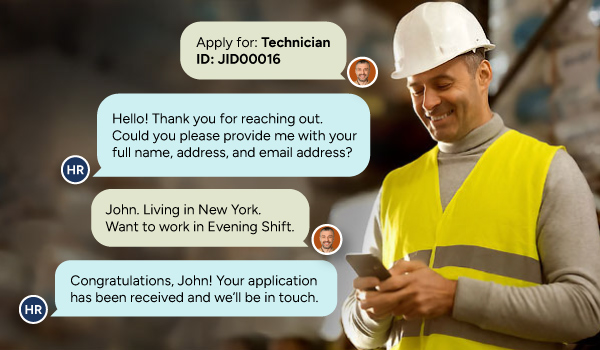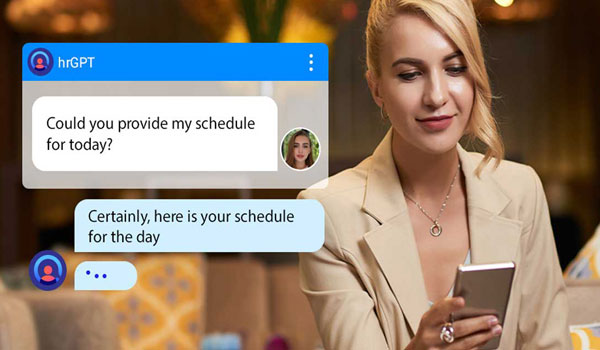CloudApper hrPad automates UKG clean-up, ending past-date errors and interface loops while keeping payroll and schedules on track.
Table of Contents
Few things panic an HRIS team faster than Past Date Clean-Up Errors in UKG—those stubborn messages that appear when you try to back-date the end of a location, job, or cost center. Encountering Past Date Clean-Up Errors in UKG means payroll may stall, interface files will loop with failures, and managers can’t finish their schedules until the underlying structure is fixed.
For more information on CloudApper hrPad visit our page here.
CloudApper hrPad turns that high-stakes scramble into a guided, automated process that retires structure codes on time while preserving historical data. It offers a smoother route: automate every prerequisite step, then retire the structure code on the earliest allowable day with zero validation errors.
Why UKG Blocks Past-Dated End Dates
UKG business-structure elements are parents to timecards, schedules, payroll rules, and downstream feeds. If a location’s lifespan suddenly ends yesterday, historical records become orphans, breaking compliance and analytics. UKG therefore permits only today-or-future end dates. The rule is sensible, but the clean-up work—tracking every reference and coordinating cut-off timing—can feel like defusing a bomb.
The Manual Pain Points
- Interface Loops
- CSV or API feeds continue to reference the soon-to-expire code, so each nightly load fails until IT edits the file or the field.
- Open Punches and Future Schedules
- Employees still have punches or shifts linked to the code beyond the desired end date, triggering the “lifespan” error.
- Security and Visibility
- Managers keep seeing the old code in drop-downs, risking accidental reuse even after HR ends it.
- Fragmented Tools
- Each fix—editing schedules, purging interface rows, updating security—lives in a different screen, extending the clean-up timeline.
How hrPad Automates the Retirement Process
| Task | Traditional Method | hrPad Automation |
|---|---|---|
| Pick allowable end date | Guess today or tomorrow; hope no files run in between | Date Wizard selects “Today + 1” and schedules the change for off-peak hours |
| Remove code from inbound feeds | Manually edit SFTP files or wait for vendors | File Scrubber scans each row; blocks or remaps references past the cut-off |
| Adjust schedules and punches | Open Genies, drill into each employee | Dependency Dashboard lists all affected employees; bulk-moves or closes punches |
| Update manager visibility | Edit security roles by hand | Automatic un-publishing at midnight on the cut-off date |
| Verify no lingering links | Re-run change, hope for no errors | Post-action scan confirms zero references before API call |
One-Day Implementation Story
A regional retailer needed to sunset “Store 458 – Temporary Location” dated last holiday season. HR scheduled hrPad’s retirement wizard for the following midnight. During the day hrPad found 17 future schedules, 28 open punches, and two inbound job rows referencing the store. The dashboard bulk-shifted employees to HQ, closed the punches, and filtered the rows from the interface file. At 00:01 hrPad called the UKG API, end-dated the location, and sent a verification report to payroll. The next morning no “lifespan” errors surfaced, and the inbound file processed cleanly on its first run.
Tangible Benefits
After adopting hrPad’s clean-up workflow, organizations report:
| KPI | Before hrPad | With hrPad |
|---|---|---|
| Average hours to retire a structure code | 6–10 | <1 |
| Nightly interface failures during transition | 3–5 per file | 0 |
| Unplanned payroll delays | Common | None to date |
| Support tickets from managers | High | Near-zero |
Final Thought
Past Date Clean-Up Errors in UKG are safeguards, not bugs—but without automation they transform a simple retirement task into a multi-day project. CloudApper hrPad bridges that gap by orchestrating file scrubs, schedule fixes, security tweaks, and final API calls in one guided workflow. The business keeps its historical integrity, payroll runs on time, and HRIS teams regain the hours they once lost to repetitive clean-up chores.
















